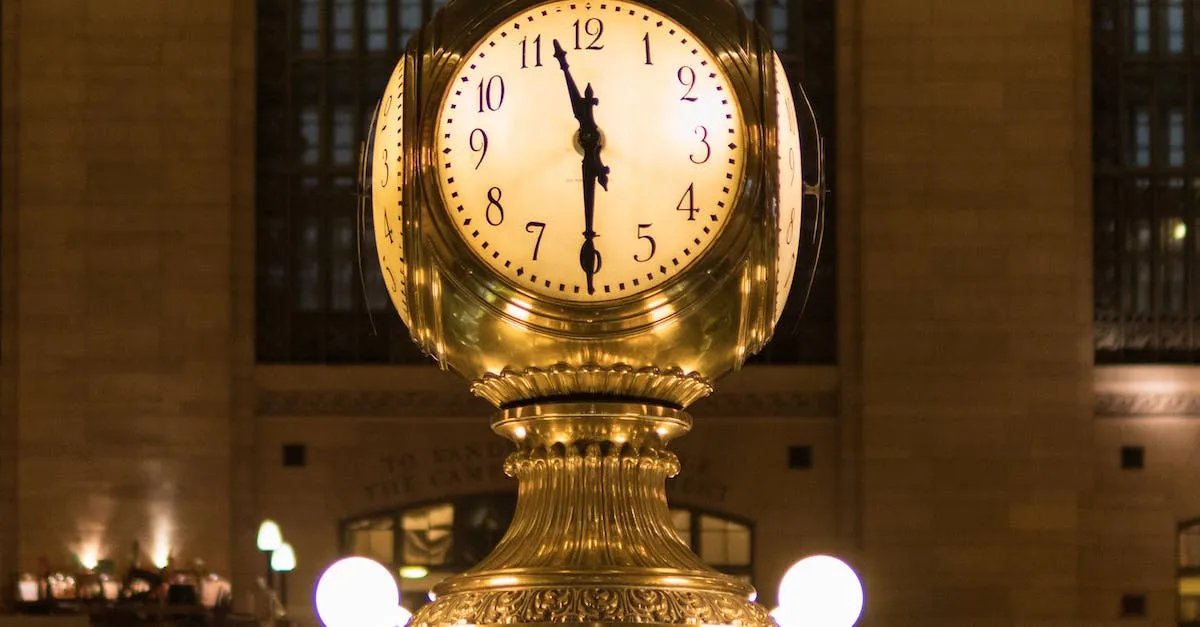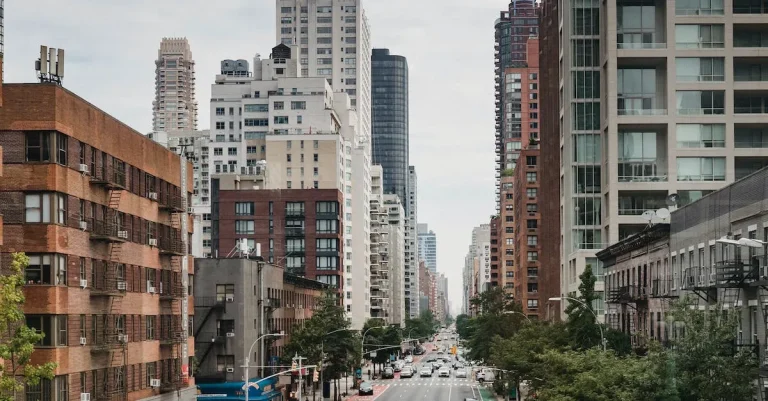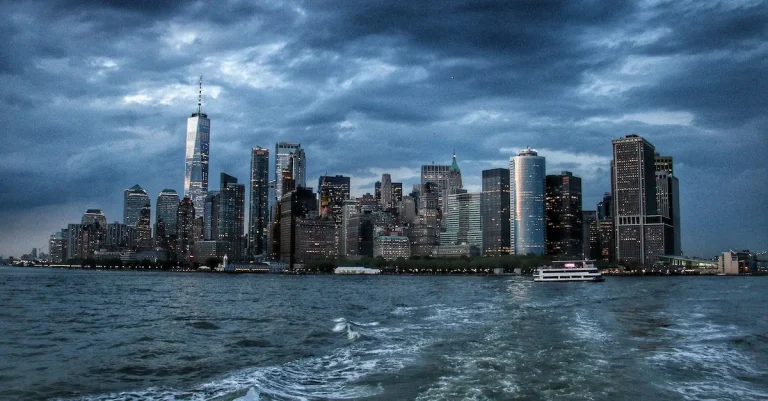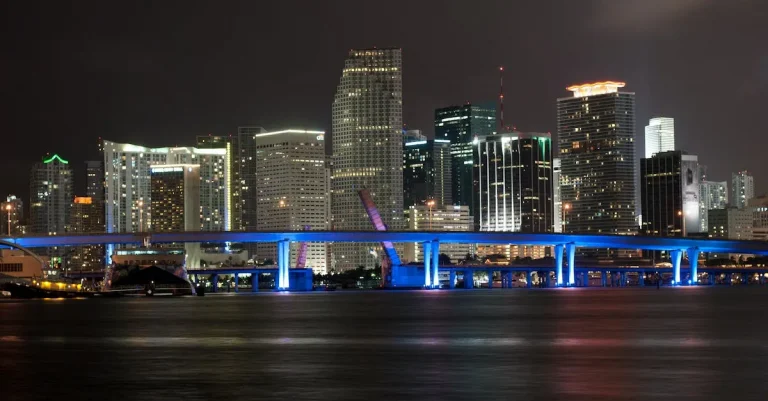The Worst Times To Visit New York City
With its iconic landmarks, world-class museums, and endless entertainment options, New York City is one of the most popular tourist destinations in the world. But between crowds, high prices, and unpredictable weather, there are certainly some times that are better than others to visit the Big Apple.
If you’re short on time, here’s a quick answer to your question: the worst times to visit New York City are summer and winter. Summer brings hot, humid weather and packed crowds. Winter can be bitterly cold with shorter daylight hours.
Summer Heat and Crowds
When it comes to visiting New York City, the summer months can be both a blessing and a curse. On one hand, the city is bustling with energy and there are countless events and activities to enjoy. On the other hand, the combination of scorching heat and massive crowds can make for a less than ideal experience.
Peak Tourism Season
During the summer, New York City is at its peak tourism season. Visitors from all over the world flock to the city to explore its iconic landmarks, such as the Statue of Liberty, Times Square, and Central Park.
While this can be exciting, it also means that popular attractions are often overcrowded, and lines can be long. If you’re looking to visit New York City during a quieter time, summer may not be the best choice.
Hot and Humid Weather
The summer months in New York City can be hot and humid, with temperatures often reaching the high 80s or even 90s Fahrenheit (30s Celsius). The combination of heat and humidity can make it uncomfortable to explore the city on foot, especially if you’re not used to such weather.
Additionally, the concrete jungle of New York City can trap heat, making the streets feel even hotter. It’s important to stay hydrated and take breaks in air-conditioned spaces to avoid heat exhaustion.
According to Accuweather, the average high temperature in New York City during the summer months is around 84°F (29°C). However, there can be heatwaves where temperatures can soar above 90°F (32°C).
Winter Cold and Limited Daylight
When it comes to visiting New York City, there are certain times of the year that are less than ideal. One such time is during the winter months when the city experiences frigid temperatures and limited daylight.
Frigid Temperatures
New York City winters are notorious for their bone-chilling temperatures. From December to February, temperatures can often drop below freezing, making it uncomfortable to be outside for extended periods of time.
The wind chill factor can make it feel even colder, so bundling up in multiple layers is a must. Visitors who are not accustomed to such cold weather may find it difficult to fully enjoy the city’s outdoor attractions and activities during this time.
In fact, the average temperature in January, the coldest month of the year, is usually around 32°F (0°C). However, it is not uncommon for temperatures to plummet even further, with occasional snowstorms and blizzards making their way through the city.
These extreme weather conditions can disrupt travel plans and make navigating the city streets a challenge.
Shorter Days
Another factor that makes winter a less desirable time to visit New York City is the limited daylight. During the winter months, the days are significantly shorter, with the sun setting as early as 4:30 PM.
This means that visitors have fewer daylight hours to explore and enjoy the city’s iconic landmarks, parks, and outdoor attractions.
Additionally, the shorter days can have an impact on the overall mood and energy of the city. With less sunlight, some people may experience seasonal affective disorder (SAD), a type of depression that occurs during the winter months.
This can affect the overall atmosphere of the city, making it feel less vibrant and lively compared to other times of the year.
While New York City is a bustling metropolis that offers something for everyone year-round, it is important to consider the weather conditions and daylight hours when planning a visit. If you are not a fan of frigid temperatures and limited daylight, it may be best to explore the city during other seasons when the weather is more favorable and the days are longer.
When to Visit for Milder Weather and Smaller Crowds
Spring and Fall Shoulder Seasons
If you’re looking to enjoy milder weather and smaller crowds, the spring and fall shoulder seasons are the best times to visit New York City. During these seasons, the city experiences pleasant temperatures and fewer tourists compared to the peak summer months.
In the spring, you can witness the blooming of cherry blossoms in Central Park and enjoy outdoor activities without the scorching heat. Similarly, the fall season offers beautiful foliage and a cozy atmosphere, perfect for strolling through the city’s iconic streets.
According to The Weather Channel, the average temperature in New York City during the spring (March to May) ranges from 50°F (10°C) to 70°F (21°C), while in the fall (September to November), it ranges from 55°F (13°C) to 75°F (24°C).
These comfortable temperatures make it ideal for exploring the city’s attractions without feeling too hot or too cold.
January After the Holidays
If you prefer to visit when the crowds are at their absolute lowest, consider planning a trip to New York City in January, specifically after the holiday season. While the city may still be recovering from the holiday rush, January offers a unique opportunity to experience the city in a quieter and more relaxed state.
During this time, you can take advantage of discounted rates on accommodations and attractions, making it a budget-friendly option for travelers. Plus, you’ll have a better chance of snagging tickets to popular Broadway shows and visiting famous landmarks without the long lines.
It’s important to note that January can be quite cold in New York City, with average temperatures ranging from 27°F (-3°C) to 39°F (4°C). However, with the right winter clothing and a hot cup of coffee in hand, you can still enjoy the city’s charm while avoiding the crowds.
Tips for Making the Most of a New York Visit Any Time of Year
While there are certain times of the year that may not be ideal for visiting New York City, with a little planning and flexibility, you can still have an amazing trip no matter when you go. Here are some tips to help you make the most of your visit any time of year:
Focus on Indoor Activities
One way to ensure a great trip to New York City, regardless of the weather or season, is to focus on indoor activities. Fortunately, the city offers a plethora of options, from world-class museums like the Metropolitan Museum of Art and the Museum of Modern Art, to Broadway shows and indoor shopping at iconic locations such as Macy’s and Bloomingdale’s.
Exploring the city’s diverse culinary scene is also a fantastic indoor option, with countless restaurants offering a wide range of cuisines to satisfy any palate.
Be Flexible With Your Itinerary
Another key tip for making the most of your New York visit is to be flexible with your itinerary. While some attractions may be more crowded during peak tourist seasons, there are often hidden gems and lesser-known spots that can be just as enjoyable.
By being open to exploring different neighborhoods, trying new activities, and taking advantage of off-peak hours, you can discover unique experiences that might not be as crowded or heavily visited. Additionally, being flexible allows you to adapt to any unexpected changes in weather or events that may arise during your trip.
Book Accommodation Early
Regardless of when you plan to visit New York City, it’s always a good idea to book your accommodation early. The city is a major tourist destination and accommodations can fill up quickly, especially during popular events or holiday seasons.
By booking in advance, you can secure the best rates and have a wider range of options to choose from. Additionally, booking early gives you peace of mind knowing that you have a place to stay during your visit, allowing you to focus on enjoying the city to the fullest.
Remember, no matter when you visit New York City, there is always something exciting to see and do. By following these tips and embracing the unique experiences each season brings, you can have an unforgettable trip to the Big Apple.
Conclusion
While New York City attracts visitors year-round, summer swelter and winter freezes make some times of year less than ideal. For more pleasant weather and fewer crowds, target spring, fall or January. But with the right tips and flexible planning, you can still experience the magic of New York no matter when you visit.








